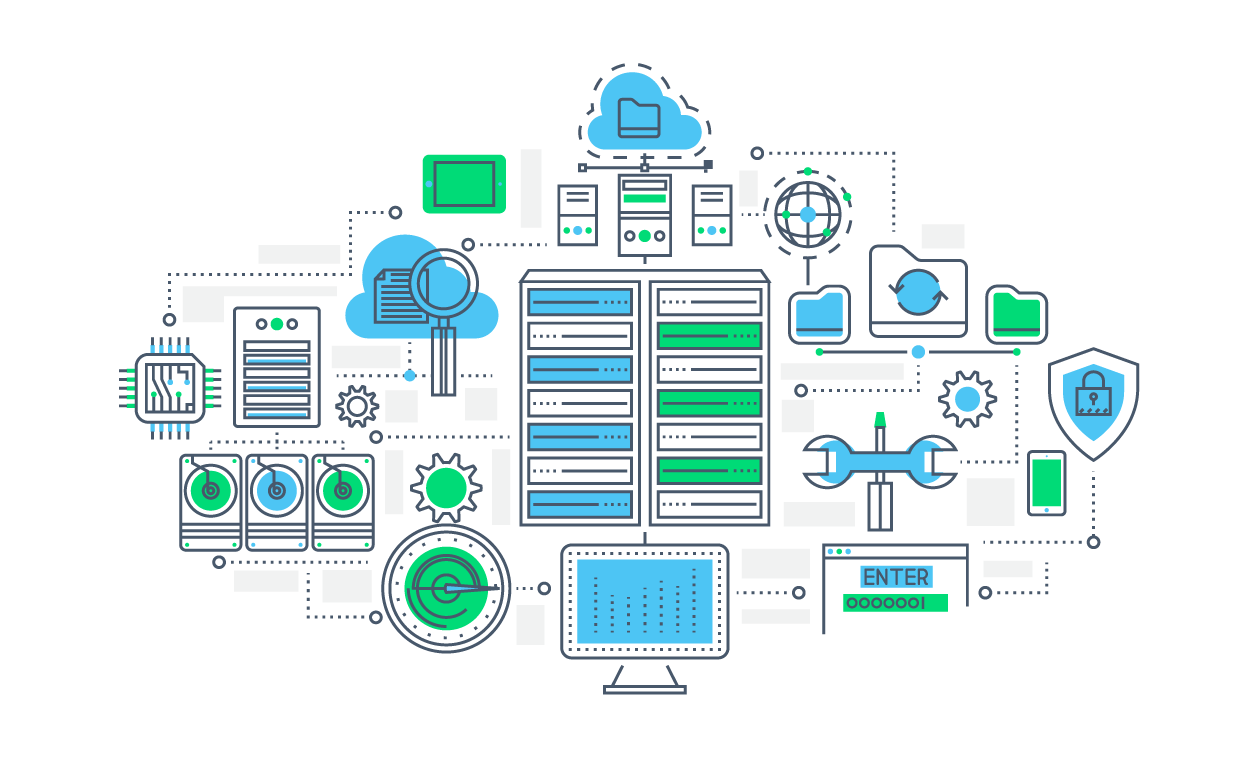

If you’re struggling in hyperscale cloud and planning your exit route, this blog is for you.
With it I want to reassure you that (a) you’re not alone in wanting to escape and (b) there are more alternative options for your infrastructure than you might first think.
I used to spend a lot of time moving businesses from on-premises and colocation to traditional bare metal. It saved them money and reduced the heavy burden of owning and maintaining infrastructure in-house.
But then came the meteoric surge in hyperscale cloud popularity. Eager to please investors and enticed by genuine benefits like scalability, reduced downtime, and the promise of simplified management, fledgling hyperscale cloud customers can be forgiven for believing they’d hit gold. But as we all know, anything that seems too good to be true usually is.
And hyperscale has become too good to be true.
Now more and more hyperscale cloud customers are finding themselves caught in the barbed wire of rising costs, unmanageable complexities, minimal scope for customization, and vendor lock-in, and they want to get out.
Hyperscale cloud’s bubble has burst. But where to go next?

The first option is a reverse cloud migration to an on-premises data center. Switching to on prem means you’ll have full control over your server resources and the security of your data. It also comes with some performance benefits such as reduced latency and the ability to have full access to your infrastructure in the event of a technical fault or outage.
On prem could be a good fit if:
You only need a few servers and most of your users are in the same building
You can accommodate a small amount of downtime
Your business uses connected tools that require local server hardware (this is common of manufacturing facilities and labs)
But before choosing an on prem solution there are other factors you need to consider. Most importantly, on premises data centers are expensive and resource intensive.
You’ll need:
To invest in hardware - servers, racks, routers, switches, firewall and load balancers
Multiple contracts with internet service providers (ISPs)
A server maintenance contract
To hire a network engineer, system administrators, make use of procurement managers and your legal team
Insurance (which in some cases can be up to 50% of the total cost of an on prem solution)
A ticketing system
A service level agreement (SLA)
For businesses with the financial capital and expertise to run a data center in house, on prem can be a great choice. But for anyone already struggling to sustain the cost of hyperscale cloud, migrating to an on prem solution is unlikely to deliver much in the way of financial relief.
In my opinion, the days when on-prem could be considered a good solution for the majority of companies are over. Today, you’re more likely to have your requirements and needs met by either (or both) of the options below.
Which brings us to colocation. You’ll still have full control over your own servers but since many colocation facilities have redundant power and internet, there’s less risk of downtime. Shared colocation facilities can be cheaper than on prem solutions and typically offer higher levels of security and built-in resilience.
But whilst colocation is normally more affordable than on prem, it’s unlikely to offer much in the way of reduced complexity. You’ll still need to handle everything you would with an on-prem model, just without the hassle around rack space.
Both on-prem and colocation come with plenty of benefits though and, for some, the additional performance your application can enjoy might justify the amount spent.
Whether you’re hosting your infrastructure in-house or in colocation, you will typically choose to depreciate your assets over 3-5 years. The longer you sweat your assets the more likely they are to fail as they move out of warranty periods into end of life. As your business grows, you’ll need the capital to keep buying new assets and the ability to fund inactive servers sitting in reserve. This is expensive and even big tech has started extending server lifespans in a bid to reduce costs.
Another thing to consider is the possibility that you’ll need to relocate. Anything from an unplanned incident to regulatory change in your region could leave you needing to relocate your infrastructure. Take the regulatory pushback against the crypto sector in the States right now that is already pushing the Crypto industry overseas with Coinbase allegedly considering setting up a trading platform outside of the U.S.
What if hyperscale cloud becomes too expensive, but your business has requirements that make a full reverse cloud migration to on-premises or colocation unviable?
The answer lies in dedicated bare metal servers. It’s still a form of cloud (remember cloud is just using somebody else’s computer) so you won’t have the resource intensiveness or capital outlay required for on-premises and colocation. By renting dedicated hardware from a third-party service provider, you can retain the performance and flexibility of cloud minus the inflated pricing structures of hyperscalers and with greater scope for customization.
Bare metal takes the best from both camps, to offer:
By scaling in bare metal you can avoid two common frustrations. You won’t have to deal with the physical deployment of the additional servers (that’s down to your hosting provider) and you won’t have to pay through the roof for cloud auto scaling (servers can be deployed according to your individual requirements).
Bare metal is ideal for intensive workloads. Server resources are dedicated to your business (not split between multiple customers) meaning reduced lag and faster loading speeds for your applications.
Because bare metal servers are leased out to individual businesses, they’re generally more secure than shared environments. And whilst the security of your data is your responsibility (nobody can protect against your colleague writing a password on a sticky note), you can rely on your hosting provider to maintain the highest data center security standards.
Some components such as server models and CPU will be determined by your hosting provider. But you’ll have the freedom to customize the rest of your server specifications including RAM, disk, storage, OS, and software and network connectivity.

For many struggling in hyperscale cloud, shifting to bare metal or adopting a hybrid approach with a base layer of bare metal plus additional server resources in cloud or colocation is key to finding the right balance between cost and performance.
When it comes to choosing infrastructure, we seem to have a habit of swinging between extremes. It’s easy to reduce infrastructure to two camps – on-premises vs. cloud. But this reductive map of the infrastructure landscape is as unhelpful as it is untrue.
For some enterprise companies, especially those with huge peaks and troughs in their scaling needs, hyperscale cloud is the right choice. But if hyperscale isn’t working for you, it’s important to know that there are alternatives.
Engineering a full reverse cloud migration back to an on-premises data center or colocation facility can be the best choice for some, but for organizations without the budget, expertise, or resources to make this sustainable, it can do more harm than good.
As Sumit Malhotra, CIO of Time Internet in India says, “the journey is not for the faint hearted.”

With previous roles at Multiplay and PEER 1 Hosting, Isaac’s career has spanned all aspects of the global hosting industry including the development, procurement and selling of bare metal, colocation and cloud infrastructure.